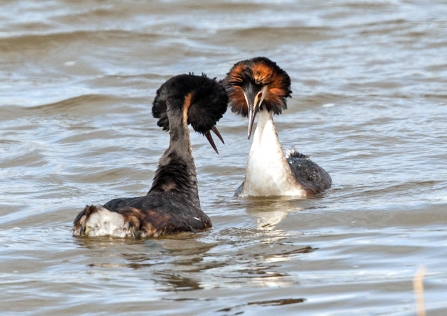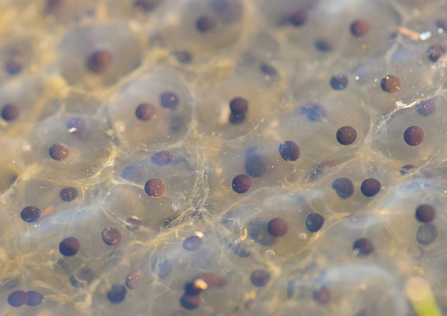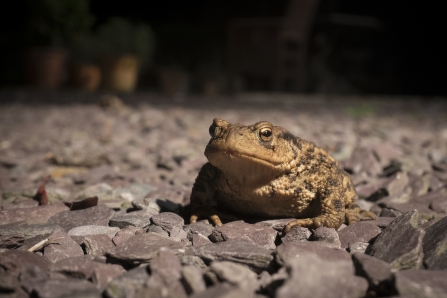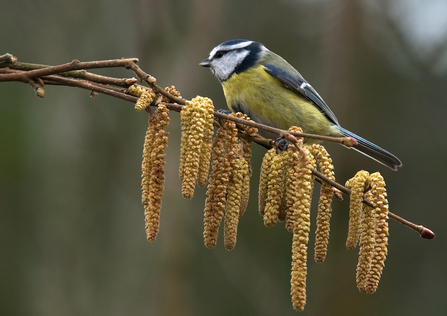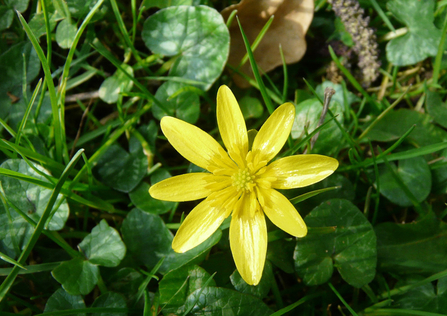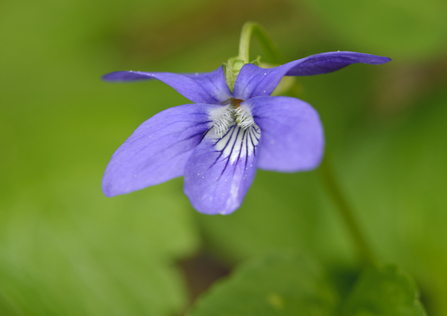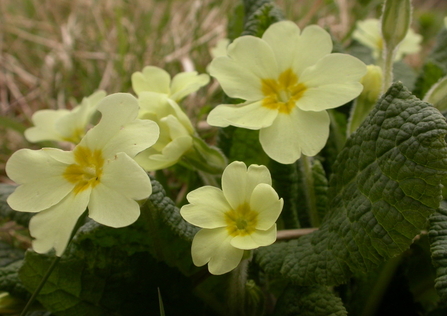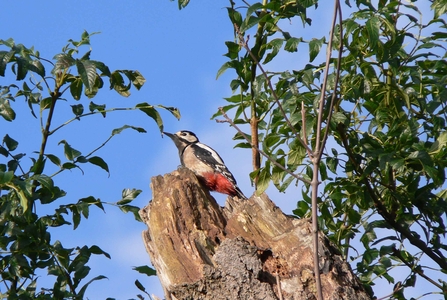
Woodpecker at The Avenue Washlands, Stewart Abbott
1. Drumming great spotted woodpeckers
Listen out for great spotted woodpeckers drumming on trees to announce their presence in the woods. Did you know their sharp bill is powered by strong neck muscles and their brain is protected from all the drumming by a special type of bone that absorbs the stress.
Male great spotted woodpeckers have red feathers at the nape of their necks while females have no red on their heads at all.

